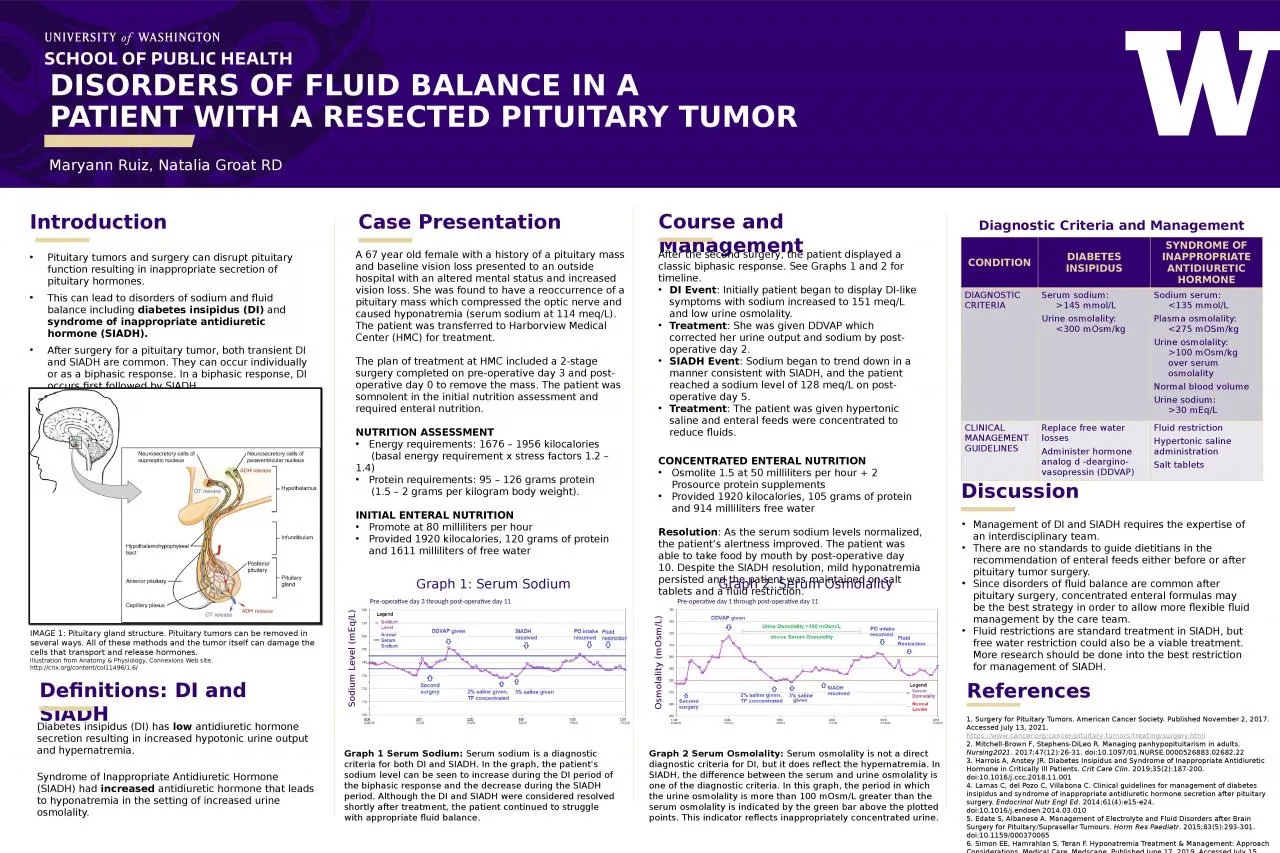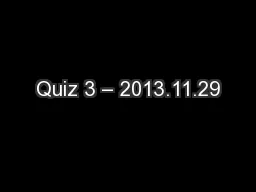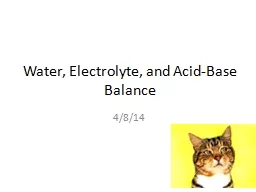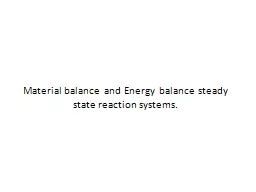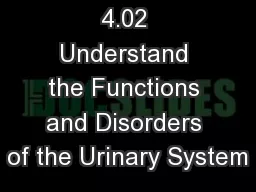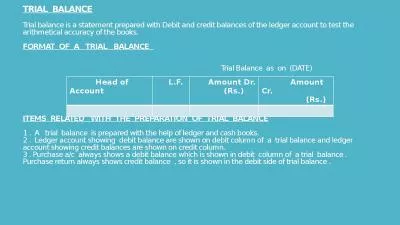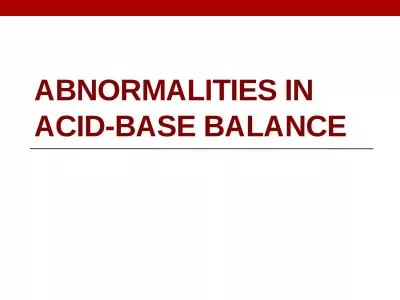PPT-DISORDERS OF FLUID BALANCE IN A
Author : FriendlyFlamingo | Published Date : 2022-07-28
PATIENT WITH A RESECTED PITUITARY TUMOR Maryann Ruiz Natalia Groat RD Pituitary tumors and surgery can disrupt pituitary function resulting in inappropriate secretion
Presentation Embed Code
Download Presentation
Download Presentation The PPT/PDF document "DISORDERS OF FLUID BALANCE IN A" is the property of its rightful owner. Permission is granted to download and print the materials on this website for personal, non-commercial use only, and to display it on your personal computer provided you do not modify the materials and that you retain all copyright notices contained in the materials. By downloading content from our website, you accept the terms of this agreement.
DISORDERS OF FLUID BALANCE IN A: Transcript
Download Rules Of Document
"DISORDERS OF FLUID BALANCE IN A"The content belongs to its owner. You may download and print it for personal use, without modification, and keep all copyright notices. By downloading, you agree to these terms.
Related Documents

